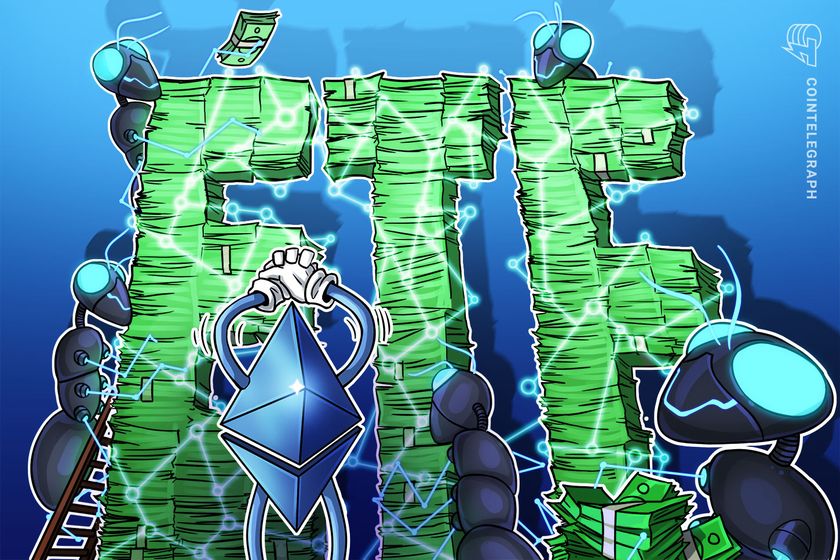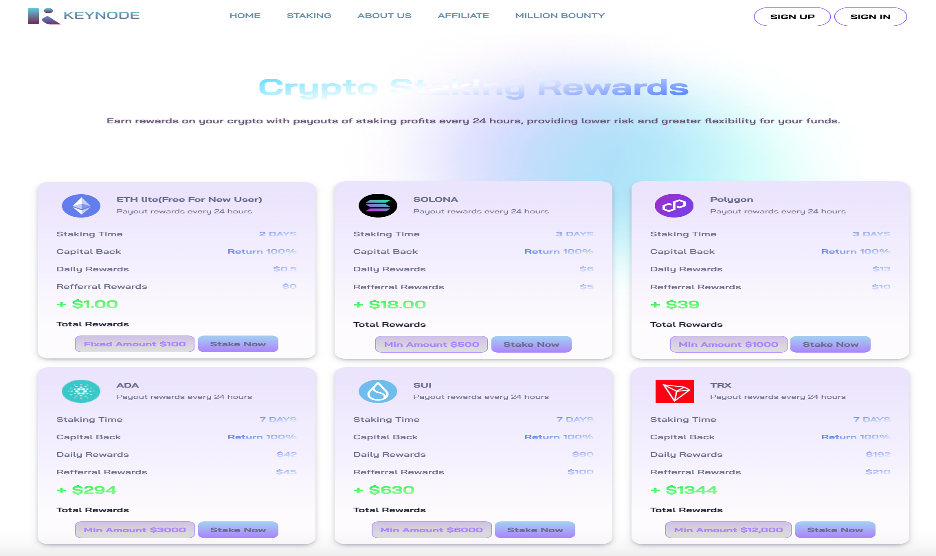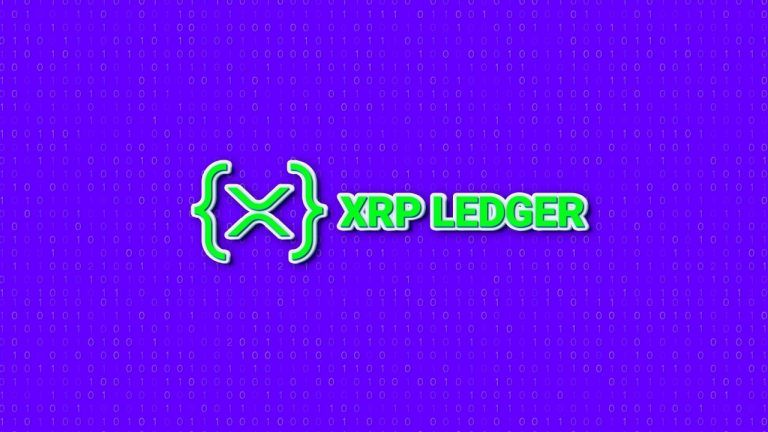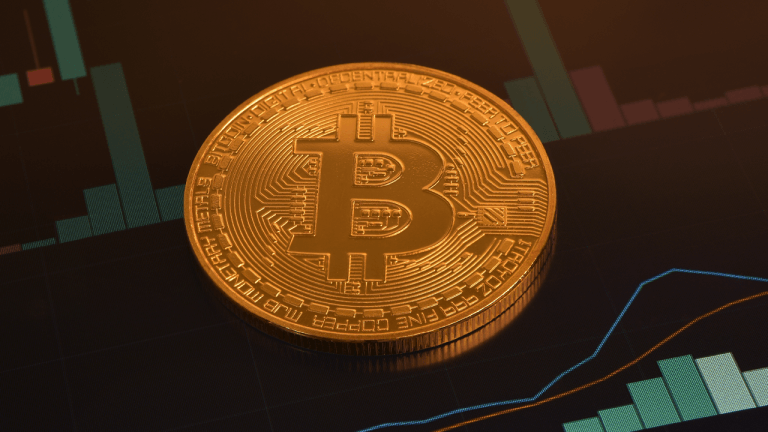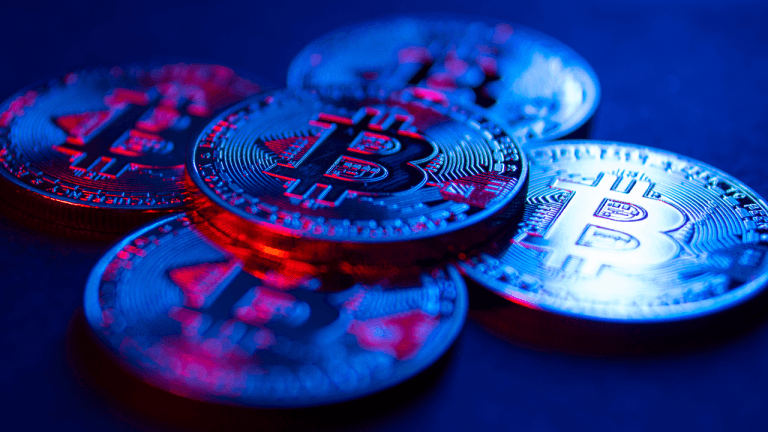Memecoins the next catalyst for crypto adoption — DappRadar analyst

Sara Gherghelas, a blockchain research analyst at DappRadar, explains how the lower barrier of entry associated with memecoins may have sparked the adoption of the crypto asset class.
In episode 22 of Hashing It Out with Cointelegraph’s Elisha Owusu Akyaw, Sara Gherghelas, blockchain research analyst at DappRadar — a cryptocurrency data tracking platform — discusses the recent hype around memecoins, while looking at on-chain data. Gherghelas also provides insights on how other sectors, such as nonfungible tokens (NFTs), are faring as memecoins take off.
Gherghelas believes we are in a memecoin era. From her perspective, when you mention Web3 or cryptocurrencies in 2023, many people will associate the terms with memecoins. Gherghelas says there have been multiple memecoin cycles in the cryptocurrency space, but this time is different because the trend has been sustained for a more extended period.
The blockchain analyst associates the trend with the popularity of memecoins on social media and the creation of tight-knit communities that people want to be a part of. What’s more, the price action of memecoins in this cycle has attracted a large crowd of traders looking to make returns, according to Gherghelas. She also adds that memecoins are more accessible and inclusive due to their low barrier of entry.
“You can be a millionaire in Shiba, but you can never afford one million Bitcoin or one million Ethereum.“
Memecoins could be more than just a social media trend or an attempt to make quick returns. Gherghelas highlighted projects like Shiba Inu, which is building a decentralized exchange and layer-2 network, and Floki Inu, which is building a metaverse. The blockchain research analyst believes that memecoins are not a zero-sum game for the cryptocurrency industry because most people who come in through memecoins may stay and discover other aspects of crypto.
While memecoins flourished, other cryptocurrency industry sectors struggled, according to data tracked by DappRadar. Gherghelas highlights the decrease in wallet activities on blockchain gaming platforms and mentions that NFTs maintained a decent amount of activity.
Related: Financial surveillance, privacy and CBDCs: Why are governments going cashless?
Check out the latest episode of Hashing It Out, featuring Sara Gherghelas from DappRadar, on Apple Podcasts, Spotify, Google Podcasts or TuneIn. For more informative podcasts, visit the Cointelegraph Podcasts page.




